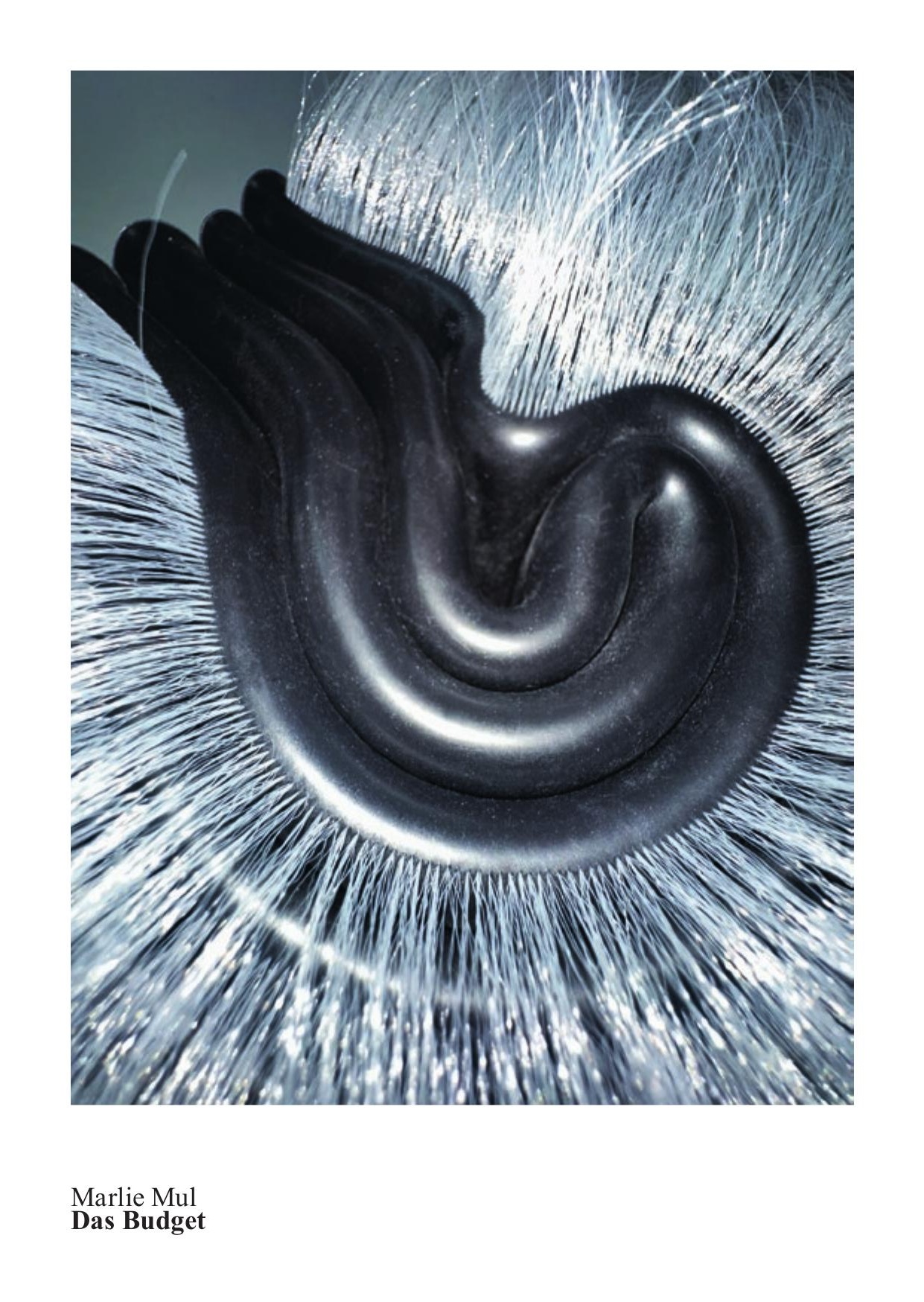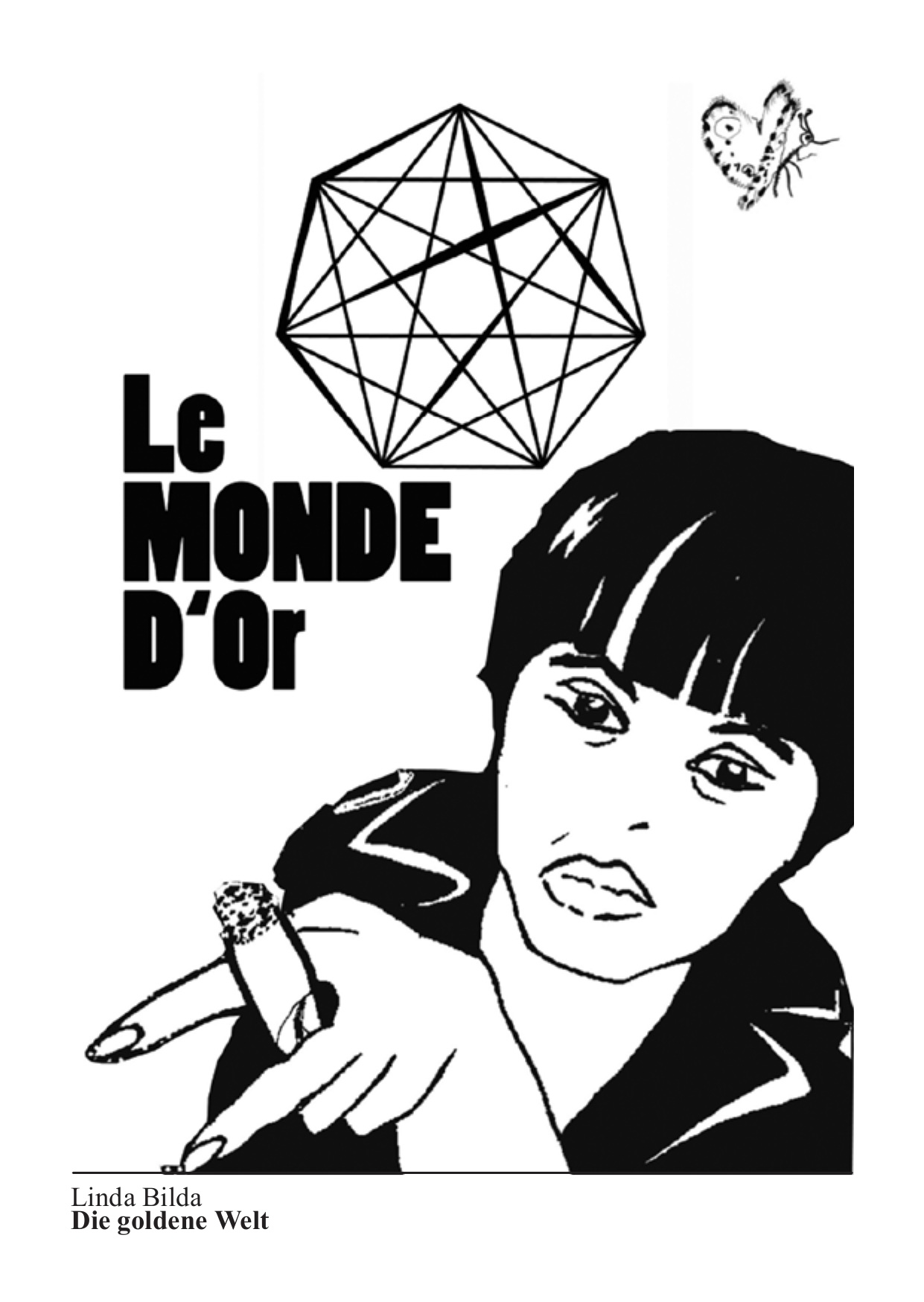11.9. – 20.11.2005
Recreating the Case
The group exhibition entitled "Recreating the Case" brings together six artists from Germany, Mexico, the Netherlands, and Switzerland who work in such diverse media as drawing and painting, installations and video, or who pursue interventionist, conceptual strategies. What they have in common is that their method of work adds a moment of uncertainty to our everyday way of perceiving reality; in surprising ways, they change, redefine, and ultimately call thoroughly into question what we accept as given. They refer to situations and things that we know, but they set everything up from a different perspective, so that the familiar appears in a new light. They reopen or recreate the case that everyone thought had been concluded, thereby illustrating their doubts about everything that appears "true" without closer scrutiny. Just as our perception of the (social, political, geographical) space around us arises from the connection between sensory experience and intellectual understanding, the works of the artists presented in the exhibition also require both a sensory and an intellectual approach in order to uncover the layers of meaning of the works. For "Recreating the Case", a number of new works have been created in the interior and exterior spaces of the Kunsthaus, with which the artists challenge our everyday perception, using in part similar strategies.
The installations and interventions (in the public space) by Fernando Ortega, Peter Regli, and Isabelle Krieg call into question our perception of space by placing visual obstacles in our path. They investigate how architecture and urban or domestic environments impact our everyday experience. Shahrzad and Alexandra Hopf, on the other hand, explore the way in which collective and personal memory as well as the flood of medially transmitted information affect our perception of history. Finally, Julika Rudelius targets our perception of social space by studying its functioning and dynamics.
The group exhibition entitled "Recreating the Case" brings together six artists from Germany, Mexico, the Netherlands, and Switzerland who work in such diverse media as drawing and painting, installations and video, or who pursue interventionist, conceptual strategies. What they have in common is that their method of work adds a moment of uncertainty to our everyday way of perceiving reality; in surprising ways, they change, redefine, and ultimately call thoroughly into question what we accept as given. They refer to situations and things that we know, but they set everything up from a different perspective, so that the familiar appears in a new light. They reopen or recreate the case that everyone thought had been concluded, thereby illustrating their doubts about everything that appears "true" without closer scrutiny. Just as our perception of the (social, political, geographical) space around us arises from the connection between sensory experience and intellectual understanding, the works of the artists presented in the exhibition also require both a sensory and an intellectual approach in order to uncover the layers of meaning of the works. For "Recreating the Case", a number of new works have been created in the interior and exterior spaces of the Kunsthaus, with which the artists challenge our everyday perception, using in part similar strategies.
The installations and interventions (in the public space) by Fernando Ortega, Peter Regli, and Isabelle Krieg call into question our perception of space by placing visual obstacles in our path. They investigate how architecture and urban or domestic environments impact our everyday experience. Shahrzad and Alexandra Hopf, on the other hand, explore the way in which collective and personal memory as well as the flood of medially transmitted information affect our perception of history. Finally, Julika Rudelius targets our perception of social space by studying its functioning and dynamics.
Alexandra Hopf’s large drawings are all based on sources that viewers will instantly recognize because they are already inscribed in our collective visual conscious, or because of their readily identifiable subject matter. In 2003 she worked on a series of pencil drawings devoted to the 1960s, specifically to the ideologies, utopias and myths related to that era. She appropriated her source material for this series (e.g. leaflets and documentary photographs of the Kommune I) without really alienating it – as if the sources themselves were the stage of their own history. Recently, however, she has gone a step further. In the act of painting, in this case airbrush on paper, she refers to, alienates and samples newspaper and television images from current politics. Translated into the medium of painting, they can be assigned to traditional genres, such as landscape painting, portraits, family portraits and history paintings. As a result, layers of conscious and unconscious history are superimposed, which viewers must uncover again as they study the works.
Isabelle Krieg‘s work begins by looking at the things of everyday life. In drawings, installations and works in public spaces, personal concerns collide with the hard facts of global, political events, or human emotions crop up when least expected. For example, Krieg had her hand in the entire 2004 Mother's Day edition of the Swiss daily newspaper La Liberté; all the people whose photographs appeared in that issue had their own hand-drawn speech bubble saying Maman (mother). For two years (01/02), Krieg worked with the quintessentially visual sign for "world" by placing the shape of the world map in public and private places – in the form of cracked and falling plaster, torn posters on walls or spilled coffee on a stove. These accidentally noted spots, unexpectedly shaped like a world map, offer poetically fanciful evidence of the fact that we are an inescapable part of a larger whole.
Fernando Ortega’s work is carried by the small gesture, which may either barely attract notice or have substantial consequences. In the tradition of conceptual art, Ortega's works are often immaterial and perceived only when our attention is drawn to them through an (accidental or planned) event. Thus, his contribution to the Venice Biennial in 2003 was only perceived when a fly flew into an electric trap and caused a momentary outage in the gallery. The annoying presence of flies and mosquitoes in our daily lives plays an important role in the artist's current projects. They also relate to one of Ortega's main concerns, the study of the boundary between image and sound, and his experimentation with possible links between them. For example, he had a musician transcribe the annoying sound of a mosquito and a violinist played the resulting composition unannounced every day during the course of the exhibition, underscoring the unpredictable comings and goings of that insect.
Peter Regli’s work is centered on visual and sound-based public actions, developed in urban and nature-based situations under the name of Reality Hacking. He has collaborated with the Ensemble für Neue Musik, Zurich, to explore the creative ground between sound, the everyday and experimental music. With the Ensemble, the artist created new compositions based on the crashing sound of a monumental glass shelf (Reality Hacking 202), the cracking of a glacier (Reality Hacking 209) or the sirens and fog-horns of the passenger boats on Lake Zurich (Reality Hacking 205). Despite the poetic and light-hearted touch that characterizes much of his work, the artist is motivated by a profound interest in history and politics and often compels us to question our position in, and understanding of, the world. In Reality Hacking 175, 2000, the artist manipulated the traffic signs on lower Broadway in New York so that they read ‘talk’ and ‘dont talk’ instead of ‘walk’ and dont walk’. The intervention went unnoticed by the authorities for several days. The artist records his actions through video, photography and sound.
Julika Rudelius works with video to investigate aspects of human behavior. She directs her attention primarily to codes of communication, mimicry, gestures and patterns of behavior defined by culture and civilization. Within the framework of general social and political issues, she explores specific concerns in interviews or in everyday situations, which she re-enacts with a chance cast of characters drawn from people on the street. Initially, the documentary character of her works dominates, but this impression soon fades with the realization that the situations are staged, while their contradictory nature makes us acutely aware of our visual habits and preconceived notions (reinforced by the media and social prejudice). These works are marked by the artist's extraordinary faculty for observation and her love of (the inconspicuous and curious) detail. They are, moreover, the combined products of a genuine interest in social structures, the precise treatment of narrative forms and a thoughtfully and thoroughly conceived formal vocabulary.
Shahrzad is interested in revealing the naturalization of ideology so often encountered in today’s aesthetics of globalization, with a particular interest in the relationship between East and West. The group has produced a series of theme-oriented publications titled Shahrzad, which focus on subjects such as oil or the veil and employ idiosyncratic linkages between text and image, form and content, icon and allegory. Other projects produced to date include a reconstructed glass display case showing a selection of objects found in the Khomeini museum in Tehran and the work, I love you but I dont trust you, 2004, in which a street artist from New York was commissioned to make portraits of important curators of so-called globalized contemporary art, such as Harald Szeeman, Rosa Martinez, Okwui Enwezor, Hans Ulrich Obrist and Catherine David.
The artists of "Recreating the Case" also took part in the exhibition entitled "In Times Like These", jointly curated by Katya Garcìa-Antòn (Centre d’Art Contemporain, Geneva) and Nadia Schneider (Kunsthaus Glarus) at the International Biennale for Contemporary Art Prague (National Gallery in Prague, 14 June to 11 September 2005).

















